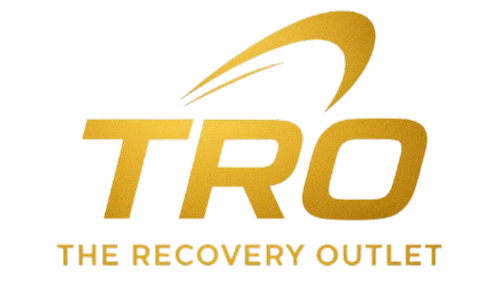
Red Light Therapy has become one of the most talked-about recovery tools today. You see it in gyms, spas, wellness studios, and more people are bringing it into their homes. But why is it getting so much attention? And what makes it helpful after workouts?
This simple breakdown explains what Red Light Therapy is, how it works, and why so many people use it to support recovery.
What Is Red Light Therapy?
Red Light Therapy uses gentle red and near-infrared wavelengths (about 630–670 nm and 810–850 nm). These wavelengths interact with your cells, especially the mitochondria—the parts that help produce energy.
Instead of adding stress, this light simply supports the body’s natural processes. It does not heat the skin or cause discomfort. It’s safe, non-invasive, and easy to use at home.
Why So Many People Use It
During a workout, your muscles work hard and experience small amounts of stress. This can lead to tightness and soreness afterward. Red Light Therapy supports the body at the cellular level, helping your cells create energy more efficiently so your natural recovery feels smoother.
A 2025 study published in the International Journal of Innovative Technologies in Social Science found that red light therapy may support muscle recovery and athletic performance by stimulating mitochondrial activity, encouraging ATP production, and helping the body manage normal exercise-related inflammation.
These findings help explain why so many athletes and active individuals rely on it today.
Benefits at a Glance
-
Supports natural muscle recovery after training
-
Helps manage normal post-exercise inflammation
-
Encourages healthy circulation to working muscles
-
Helps reduce everyday soreness and stiffness
-
Supports joint comfort and mobility
These supportive benefits make Red Light Therapy an easy addition to your recovery routine.
How to Use Red Light Therapy After Workouts
You don’t need a complicated setup. Follow these simple guidelines:
-
Use it within a few hours after exercise
-
10–20 minutes per area (back, legs, shoulders, etc.)
-
Stay 6–18 inches away from the device
-
Stay consistent — short sessions a few times per week work best
Good recovery habits like hydration, stretching, and rest make it even more effective.
Choosing the Right Device
Different types of red light devices offer different experiences:
-
Red light panels: Great for full-body or large muscle groups
-
Wearable wraps: Ideal for focused areas like legs, shoulders, or knees
-
Infrared mats: Provide warmth and gentle circulation support
-
Full-body red light beds: Offer a complete wellness session
Choose the option that fits your lifestyle and recovery needs.
The Bottom Line
Red Light Therapy is everywhere because it’s simple, comfortable, and supports the body’s natural recovery after physical activity. Whether you’re an athlete, a casual gym-goer, or someone who just wants to move with less stiffness, Red Light Therapy can be a helpful part of your wellness routine.
Explore Red Light Therapy Devices at The Recovery Outlet to find the right fit for your home setup.
References
Miejska-Kamińska, M., et al. (2025). The Effect of Red Light Therapy (Photobiomodulation) on Muscle Recovery and Physical Performance in Athletes. International Journal of Innovative Technologies in Social Science, 4(3[47]).
Link: https://shorturl.at/nfOkA

Share:
How Massage Chairs Support Muscle Recovery After Intense Workouts